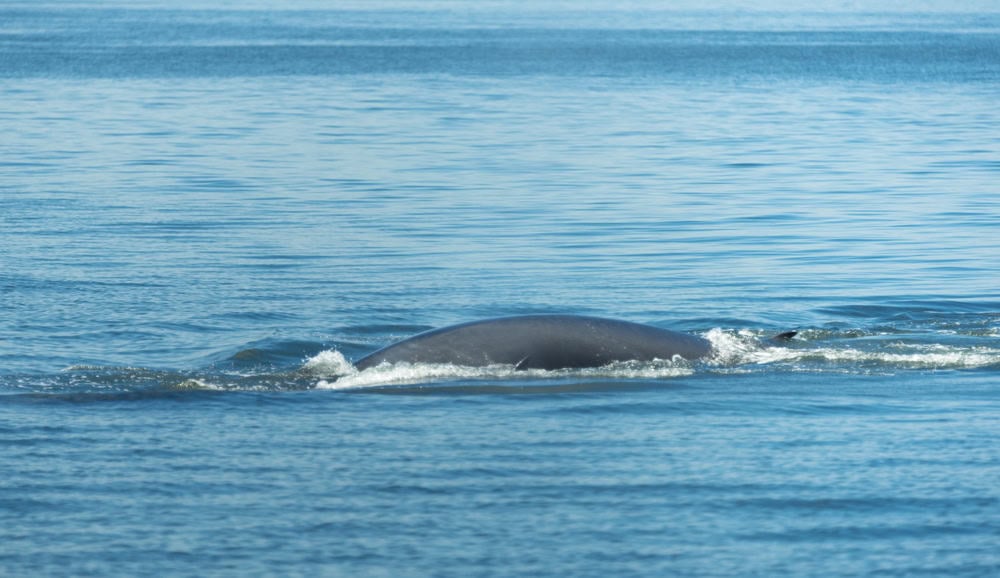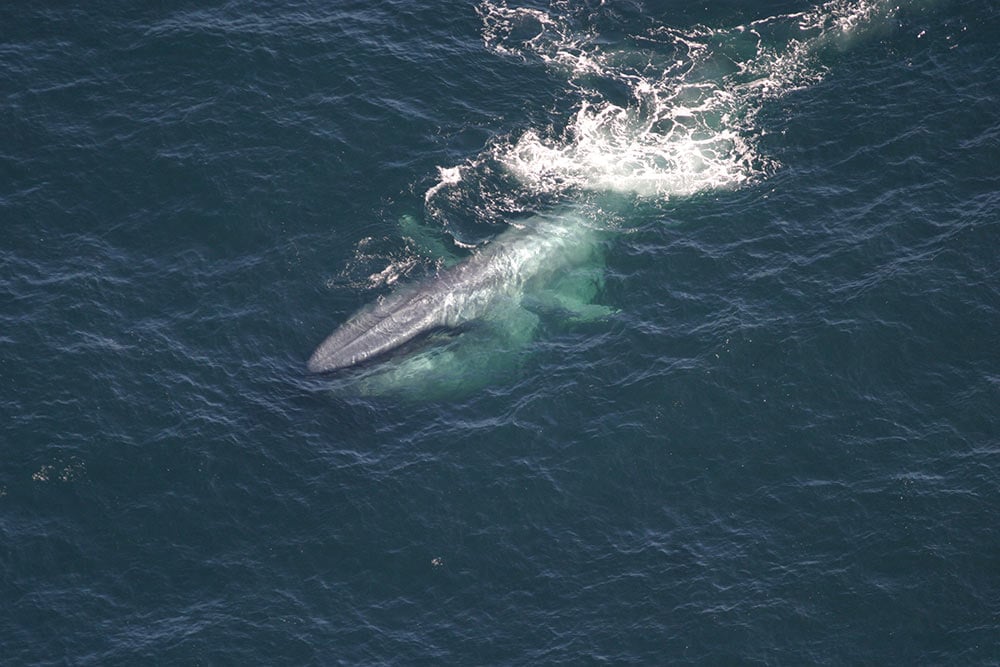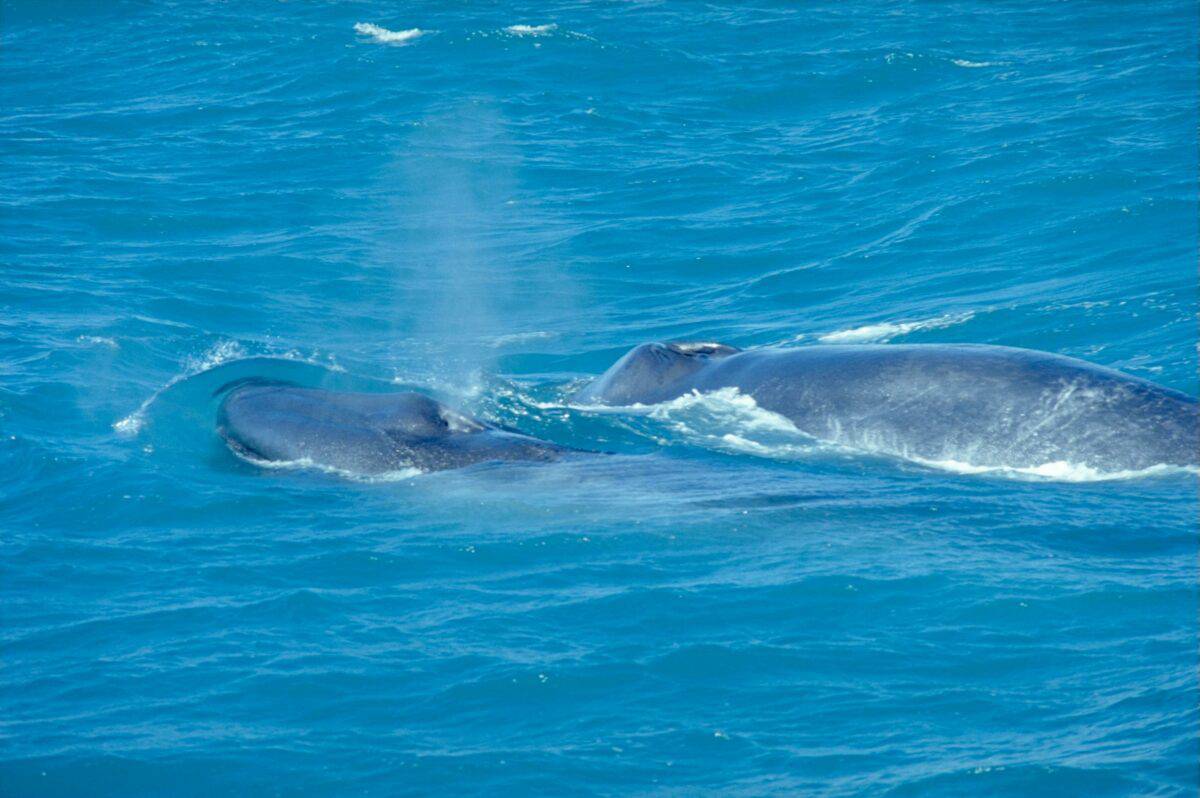The oceans have long captivated humanity’s imagination, hiding secrets in their unfathomable depths and nurturing creatures so large, they dwarf man-made structures. Among these ocean giants, whales hold a special place, revered for their immense size and mysterious, far-ranging lives beneath the waves. The title for the most gigantic whale ever recorded belongs to the blue whale, a creature so vast and powerful, it humbles humanity with its presence. This article explores the incredible dimensions, habits, and life of the largest whale ever recorded, shedding light on the magnificence of these sea-bound giants.
The Blue Whale An Introduction

The blue whale, scientifically known as Balaenoptera musculus, is not just the largest whale but the largest known animal to have ever existed on Earth. Its size surpasses even that of the mightiest dinosaurs.
Unveiling the Colossal Size

The largest blue whale ever recorded was an astounding 33 meters (108 feet) long. However, most adult blue whales measure anywhere from 24 to 30 meters (79 to 98 feet) in length. Females are typically larger than males, a common trait among cetaceans.
A Heart the Size of a Car

One of the most mind-boggling facts about the blue whale is the size of its heart. The heart of a blue whale can weigh as much as 600 kilograms (about 1,300 pounds)—roughly the weight of a small car.
The Tremendous Tongue

The tongue of a blue whale weighs around 2.7 tonnes (approximately 3 tons), which is about the weight of an average elephant. This massive tongue enables the whale to gulp vast quantities of water and small marine life like krill.
A Mighty Diet for a Mighty Creature

To sustain its enormous size, a blue whale consumes up to 3,600 kilograms (almost 4 tons) of krill per day during the feeding season. This feeding frenzy occurs in colder waters, where krill, a type of small crustacean, is abundant.
Deep Diver

Despite its massive size, a blue whale can dive to depths of over 500 meters (1,640 feet) in search of food. It can stay submerged for up to 30 minutes before returning to the surface for air.
Long-Distance Travelers

Blue whales are migratory animals, traveling thousands of miles from their feeding grounds in the polar regions to warmer breeding waters. This annual journey is essential for their survival, allowing them to feed in productive waters and give birth in warmer climates.
The Power of Sound

Blue whales communicate with low-frequency sounds that can be detected over vast distances. These sounds serve multiple purposes, including navigation, finding food, and social interaction.
Gentle Giants

Despite their daunting size, blue whales are gentle and pose no threat to humans. There has never been a recorded incident of a blue whale intentionally harming a human.
Threats Faced by Blue Whales

The primary threats to blue whales are from human activities; these include ship strikes, entanglement in fishing gear, and the impacts of climate change on ocean temperatures and krill populations.
Conservation Efforts

Various international and national bodies have recognized the vulnerability of blue whales and have enacted measures to protect them. These include the International Whaling Commission’s ban on commercial whaling and specific shipping lane adjustments to minimize ship strikes.
The Future of the Blue Whale

Thanks to conservation efforts, blue whale populations are slowly recovering, though they still face significant threats. The continued success of these ventures is crucial to ensuring the survival of the planet’s largest animal.
In Summary

The blue whale, with its monumental size and gentle nature, occupies a grand position in the natural world. Its existence is a reminder of the wonders the Earth holds and the importance of humanity’s role in conserving such magnificent creatures. As we move forward, let us cherish and protect these giants of the deep, ensuring that they continue to thrive in the world’s oceans for generations to come.
- 10 U.S. States With the Most Endangered Species - August 24, 2025
- 15 Most Venomous Snakes Found in Tropical Jungles - August 24, 2025
- 10 Animal Records That Will Leave You in Awe - August 24, 2025

